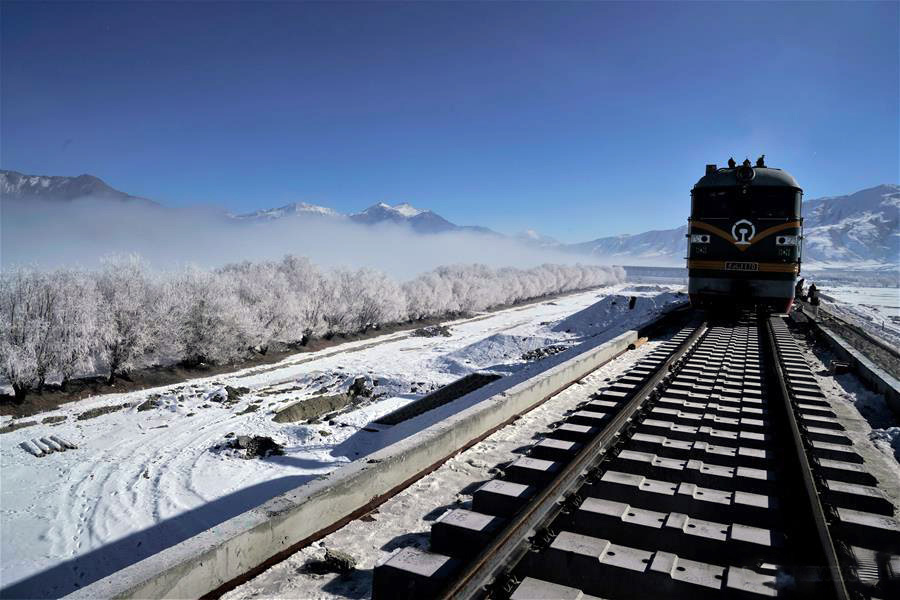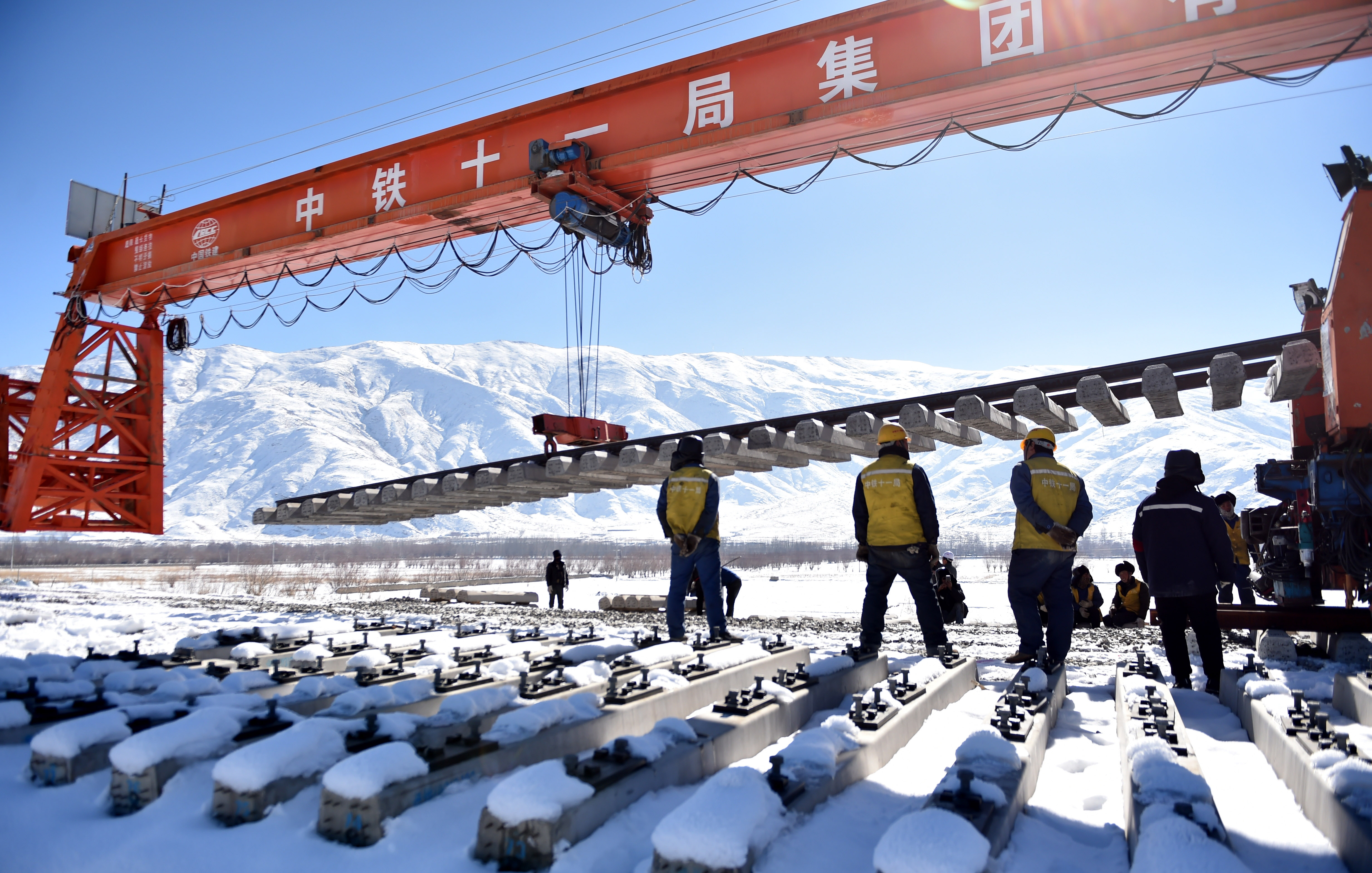
(TibetanReview.net, Nov18’21) – Despite extreme heat from the Earth’s crust making working close to impossible, China is on track in its construction of a railway line between Lhasa, the capital of occupied Tibet, and Chengdu, the capital of Sichuan Province, reported the scmp.com No 17. The highly strategic project is set for completion by 2024.
A significant proportion of its route involves tunneling through rock too hot for humans or machines to bear, with ground temperatures of up to 89 degrees Celsius (192 degrees Fahrenheit) – the highest on record for a transport infrastructure project, the report cited geologists as saying.
The 1,543km (959-mile) Sichuan-Tibet railway is said to have to cross more than 40 major fault lines, more than attempted by any previous rail project.
“The underground heat sources spread upwards along the fault zone and generate random local heat spots, causing frequent geothermal disasters,” geophysics professor Lan Hengxing and his colleagues with the Institute of Geographic Sciences and Natural Resources Research, have said in a paper published last week in the domestic peer-reviewed publication Journal of Engineering Geology.
A third of the line is complete, with trains running, in Tibet as well as in Sichuan. Only the most difficult portion, which crosses the Tibet-China border, is still under construction.
Running at up to 200km/h (124mph), the railway line, when completed, could cut the journey time from a week to 12 hours. The report noted that although China’s high-speed rail was capable of running 350km/h, the speed of the Sichuan-Tibet railway will be limited as the trains will need to climb more than 3,000 metres (9,840 feet) through some of the world’s most remote and hostile terrain, shaped by earthquakes, landslides, flooding and glaciers – now melting.
The idea of building a railway from the fertile Sichuan basin to occupied Tibet was stated to have been proposed about a century ago, when the journey would take traders nearly a year on horseback.
Still, in order to strengthen control over Tibet, China in the 1950s, built a motorway there from Sichuan. The 2,000km road was completed in four years at a cost of more than 3,000 lives, the report noted.
The current railway project was launched in 2014, with a 10-year deadline. Almost the entire route is being built on bridges or through tunnels. With eight mountains that are more than 4,000 metres high being in the way, civil engineers are said to have rated it the most challenging rail project in history.
There are more than 70 tunnels on the route, the longest stretching more than 40km.
A 2019 research led by professor He Chuan of Southwest Jiaotong University was reported to have found that more than 70% of its workers had suffered physically – most frequently with chest pain, vomiting and loss of consciousness – because of the high temperatures in the tunnels.
He and colleagues have said workers had been able to stand the conditions for only a couple of hours at a time. The deadliest threat was stated to be rock bursting under enormous heat and pressure, which endangered everyone on site.
There are still sections to be built through dangerous areas with less geographical knowledge available; but the railway is progressing and could further expand China’s influence in South Asia, the report noted.
There are no reports on casualties in the building of this reportedly world’s most dangerous railway project.



